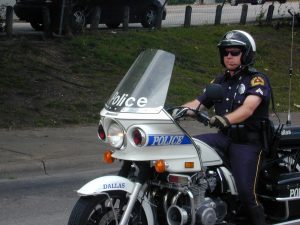 In Commonwealth v. Vasquez, the Supreme Judicial Court ruled that although the judge erred in admitting evidence of prior misconduct by the defendant that resembled his conduct in the present case, the error did not create a substantial likelihood of a miscarriage of justice.
In Commonwealth v. Vasquez, the Supreme Judicial Court ruled that although the judge erred in admitting evidence of prior misconduct by the defendant that resembled his conduct in the present case, the error did not create a substantial likelihood of a miscarriage of justice.
The background was as follows. “[T]he defendant drove up to a group of people and began arguing with some of them. The victim approached the automobile and attempted to defuse the situation, saying, ‘It[‘s] me, JM, it’s me, your brother.’” “The defendant responded, ‘[J]ust get the fuck off my window,’ and drove away.” He “returned … five minutes later and continued to argue with some of those present. The victim, who again approached the automobile and leaned into the driver’s side window, tried once more to calm down the defendant. Suddenly, the defendant reached out, shot the victim at close range, and drove away.” “A witness testified that, approximately one month before the shooting, [he] observed the defendant engage in a verbal argument with a third individual and then leave the area. The defendant returned approximately twenty or thirty minutes later and displayed what appeared to be the … handle of a semiautomatic firearm underneath his shirt when asking for the whereabouts of the individual with whom he had argued.” On appeal, the defendant argued, in regard to his display of a weapon during the prior incident, “that the probative value of this ‘propensity’ evidence was substantially outweighed by its prejudicial effect, and that its introduction require[d] a new trial.” Continue reading →
 Massachusetts Criminal Lawyer Blog
Massachusetts Criminal Lawyer Blog










